My latest cozy mystery release, Star Tangled Murder, takes place over July Fourth weekend. Hairstylist Marla Vail and her detective husband Dalton attend a Seminole War battle reenactment at a living history village when the town marshal is murdered. A pearl button is found at the scene of the crime. It’s a vintage design with a gold metal shank. Since the site is a pioneer village, such a relic isn’t an anomaly. However, how it ended up under Phil Pufferfish’s body is a mystery.
Since Dalton is close to retirement, Marla joins his investigation to help him wrap things fast. One of the suspects collects buttons, and Marla gets an earful of button lore when she interviews the guy. Here’s what she learned:
The word ‘button’ comes from the French word bouton, meaning bud or knob. Buttons have been around for nearly five thousand years. The earliest one came from the Pakistan region and was made from a curved shell, its purpose being more ornamental than useful. The ancient Romans also made buttons from wood, horn, and bronze. However, it wasn’t until the thirteenth century that buttonholes were invented.
Buttons became widespread throughout Europe and then button-maker guilds were formed. These guilds regulated the manufacture and use of buttons. In those days, they were signs of wealth. By the eighteenth century, steel and ivory buttons replaced fabric ones. Then pewter and brass came into play. Fabric-covered buttons started being made mechanically in the middle of the next century.
In the U.S., early pearl buttons were produced from imported sources. Then an American manufacturer discovered that a bend in the Mississippi River near Muscatine, Iowa caused mussel shells to accumulate there. He began using this source to manufacture buttons. By the turn of the twentieth century, over one-third of the world’s pearl shell buttons came from this region. The industry declined when plastic buttons were introduced. Depletion of the source and the high cost of labor contributed to its demise.
Until the nineteenth century, most buttons were used for men’s clothing. Women’s clothes were fastened by hooks and laces. Then women became the primary consumers. Do you know why men and women button their clothes from opposite sides? Men’s clothing buttons on the right side. That’s because most men were right-handed and dressed themselves. Wealthy women, on the other hand, were often dressed by maids. Placing buttons on the left side made it possible for servants to face their ladies and fasten the buttons.
This is more than you wanted to know, right? I couldn’t put all of this info into my story, but I can share it with you here. I learn all sorts of fascinating things while researching my books. Fortunately, my editor and critique partners catch me out when these passages go on too long. But learning new topics is what makes each book exciting for me to write.
As for the button clue in Star Tangled Murder, you’ll have to read the book to find out what it means.
Buttons as clues in STAR TANGLED MURDER and a bit of button history - #cozymystery #research Share on XDo you keep a jar of assorted buttons in your house like I do? Would you even know how to sew a button onto a shirt?
GIVEAWAY
Enter Here to win two free books from Booklovers Bench.
4 thoughts on “Clues and Buttons”
Comments are closed.



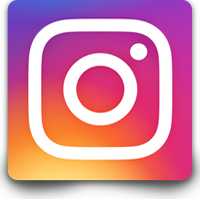








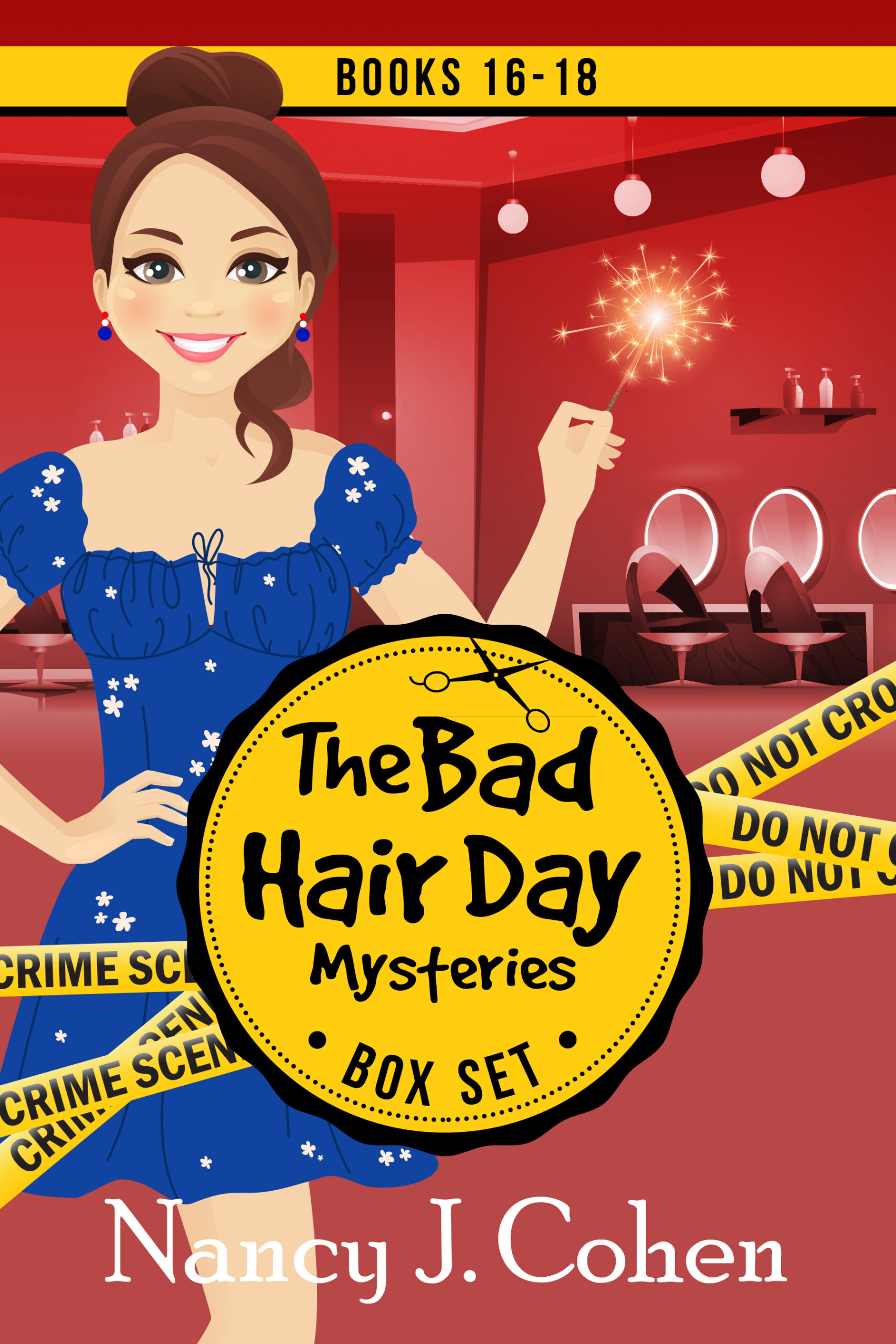







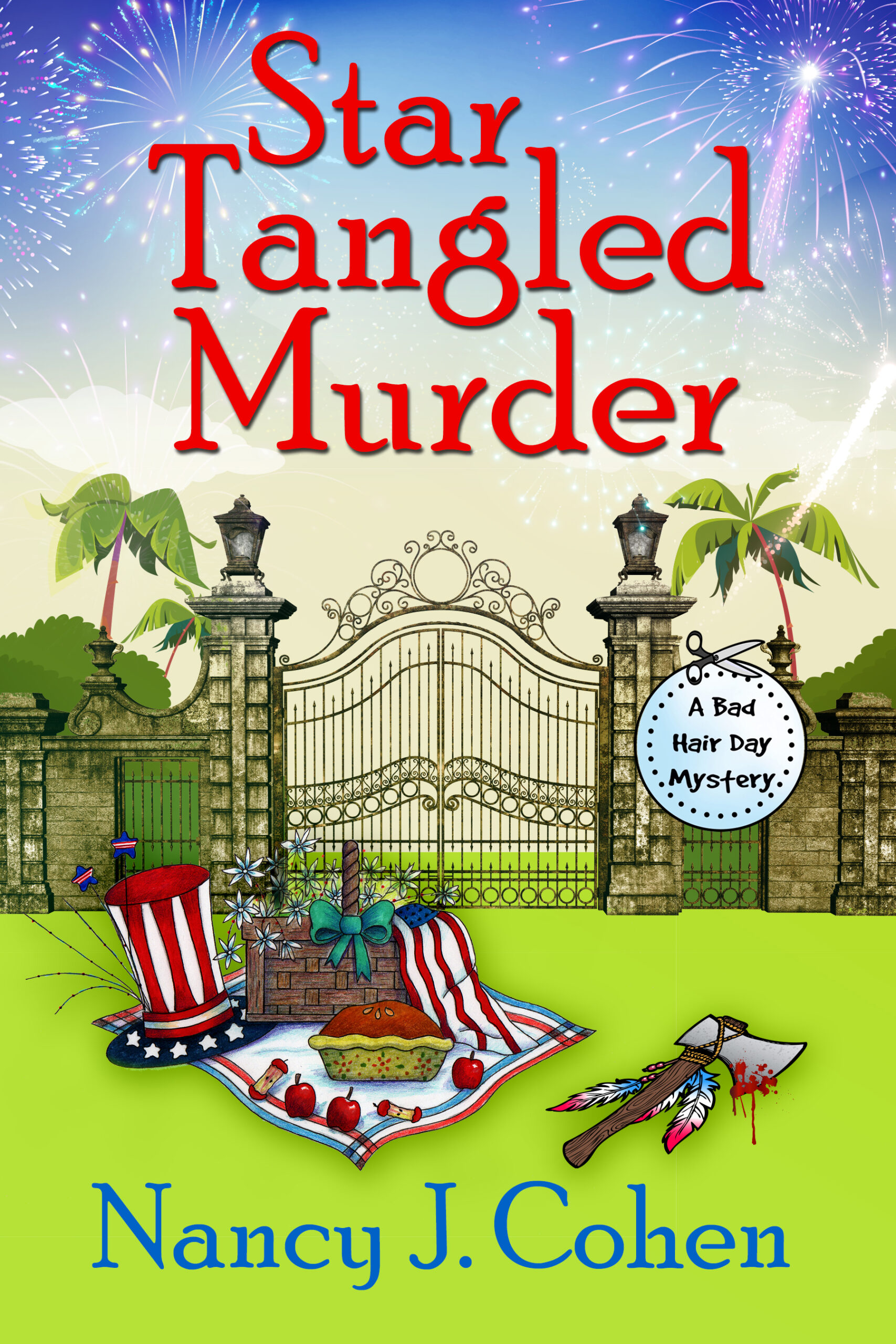

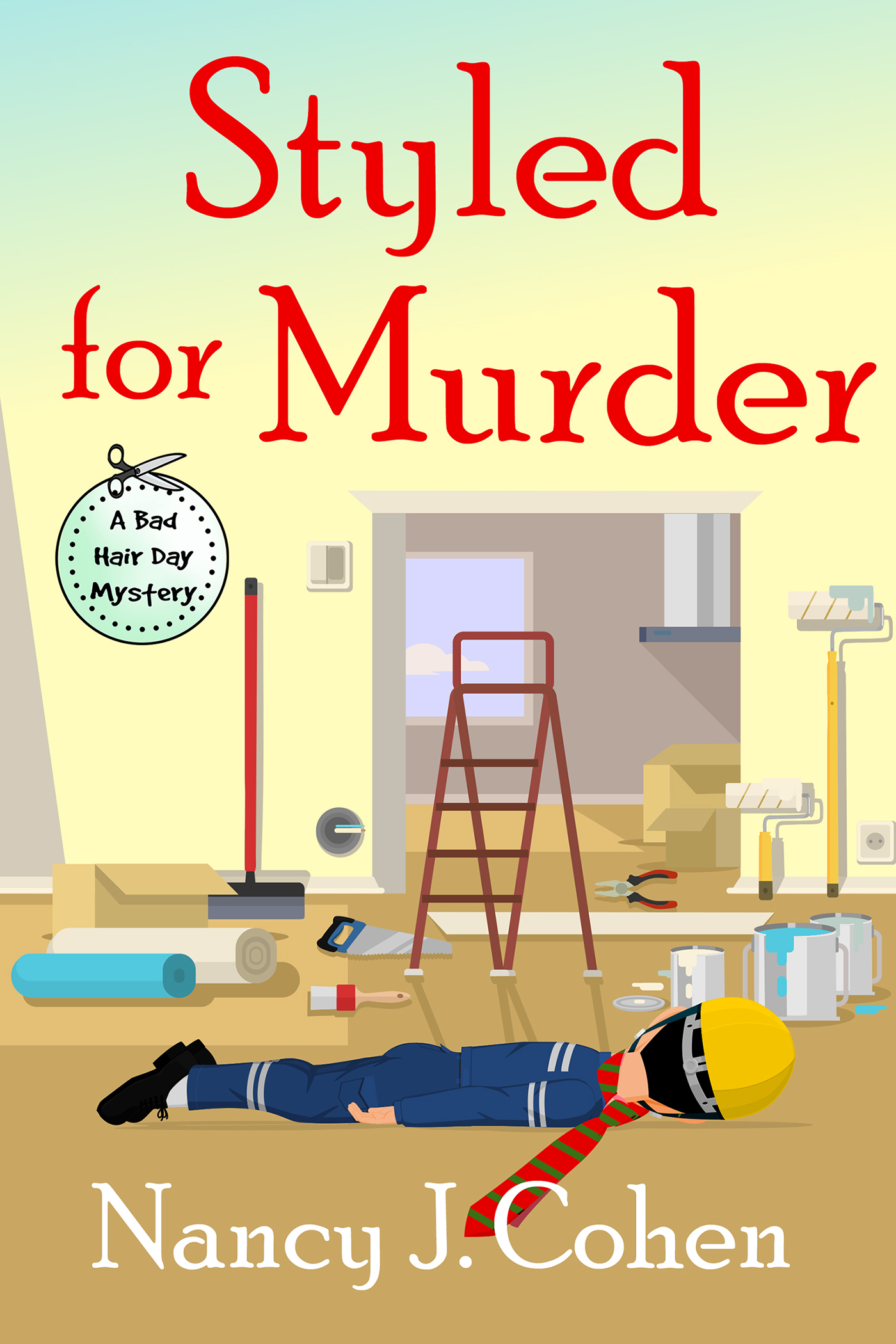
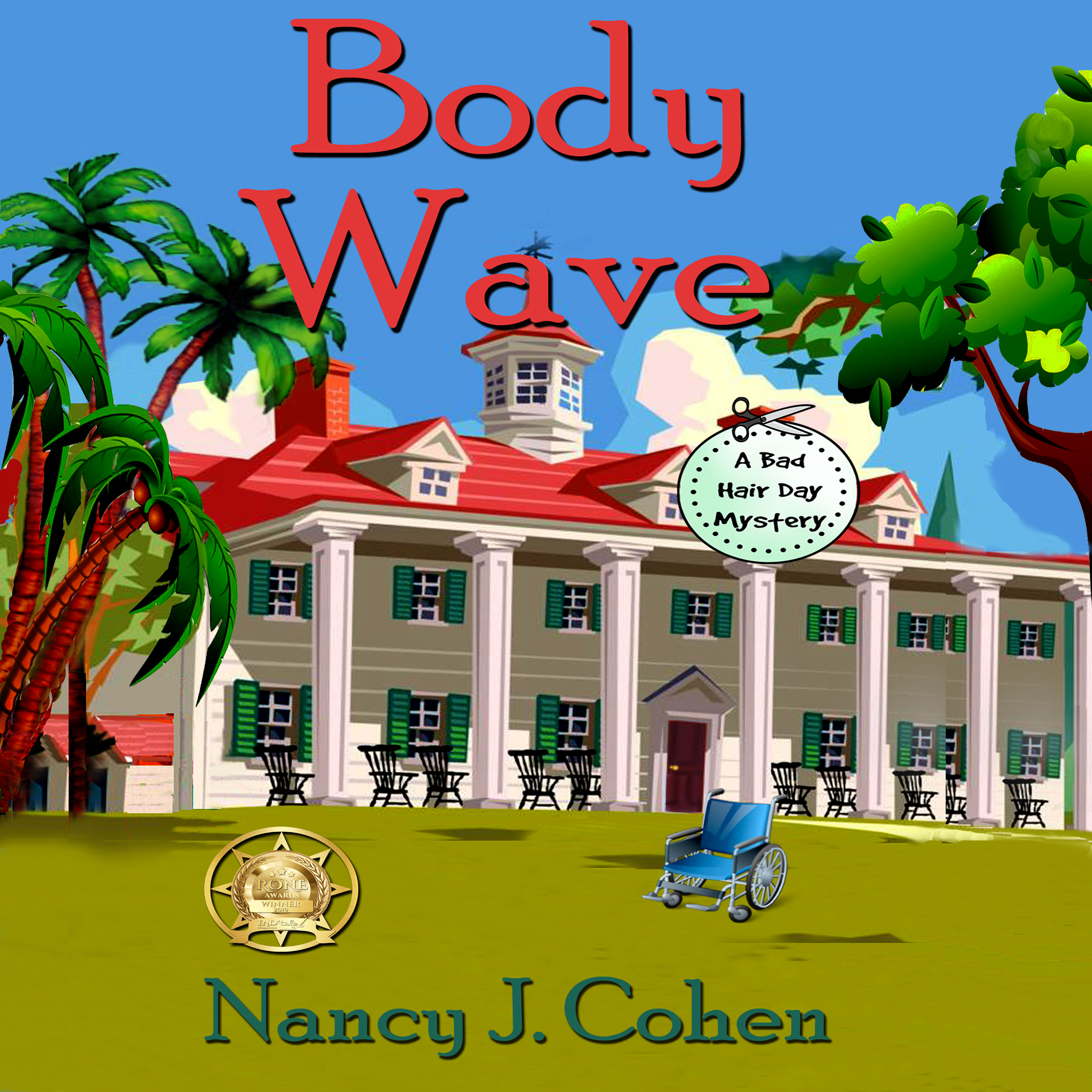


Nancy, I do have several blue Mason jars of buttons some of which belonged to
my Mother-in Law and are very old. Buttons are interesting to me because they come
in so many sizes, shapes, colors, and materials. Most of all they can evoke special memories
of when they were used.
Buttons are fun to collect, and how wonderful for you to have a collection passed down from your family. These are among special items, like recipes, that provoke good memories.
I have a totally useless jar of buttons dating back to my grandmother’s sewing kit and those I’ve saved from various shirts, pants, etc. Not sure what I’ll ever do with them.
I think we all collect buttons and don’t know what to do with them but it’s like having a secret treasure. Sort of like a bag of mixed coins.